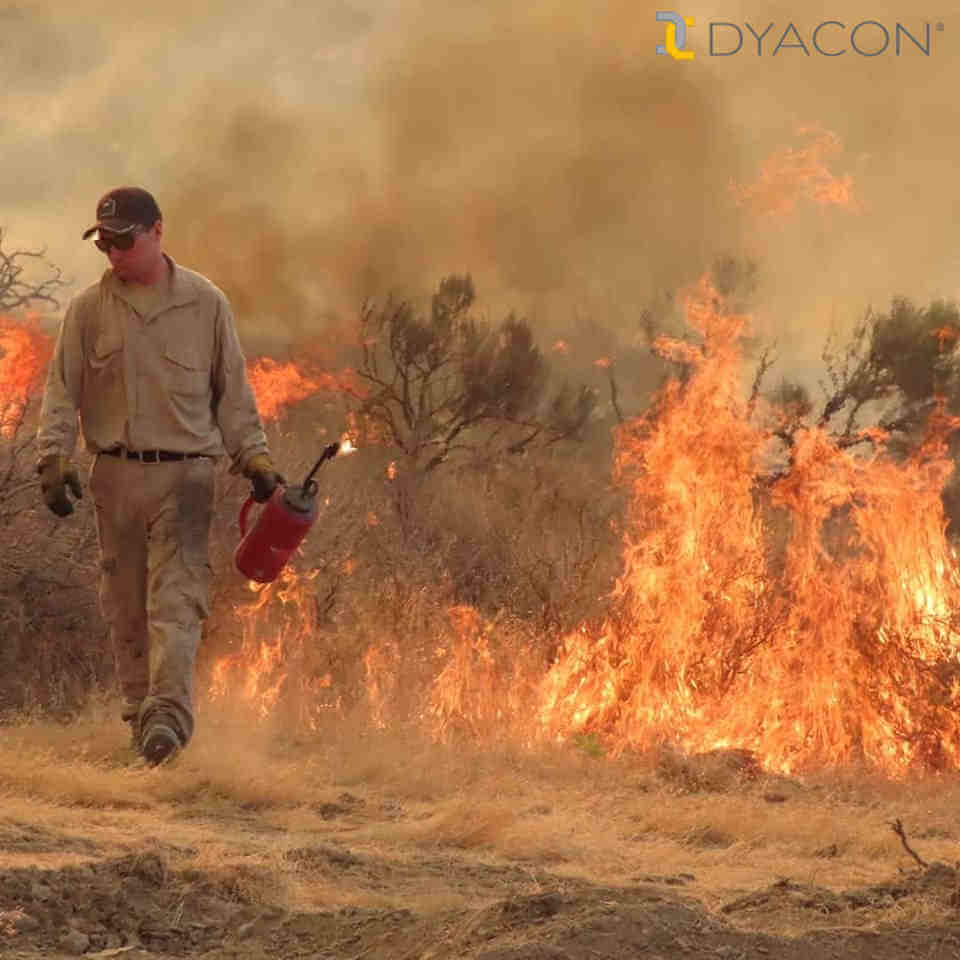This article is part of a series entitled “Introduction to Industrial Weather Stations” (IIWS). The other parts are:
Part 1 – Definitions
Part 2 – Weather Station Construction
Part 3 – Who Makes Industrial Weather Stations
Part 4 – Installation and Accuracy
Conclusion – Finally…
—
Are you looking for a weather station for a commercial, industrial, agricultural, or aviation application?
Weather stations are often used for quality control, facility management, industrial safety, power substations, worker safety, environmental compliance, and many other applications.
Our intent is to help introduce engineers, pilots, technicians, and other professionals as they navigate the wide range of weather instruments, integrators, resellers, and manufacturers.
So, grab something to drink and sit back. This article might be a bit long.
I assume that the reader has some basic knowledge of weather instruments and the measurements they need for their application. As such, this first article is intended to address the “system” level rather than the nuances of each sensor.
The Weather Station Market
For professionals, a weather station is a tool. And, like any tool, it must be suitable for the job at hand. This is easier said than done. Once an industrial, pilot, or engineer clears through the clutter of consumer weather stations, the landscape quickly becomes complicated … and often very expensive.
Weather station prices range from $30 department store plastic systems to $20,000 to $30,000 systems.
What I classify as the industrial or mid-range space ranges from $2,000 to $6,000. This price range will usually provide high-value, robust, and capable equipment from a company with good service and support.
Weather Station Definitions
Before going any further, it may be helpful to define a few terms. These are in no way standard definitions and the applications, functions, and capabilities may overlap. But this should give you a good footing.
Automatic (or Automated) Weather Station – This can cover just about any equipment that collects weather data without human observation. A tipping bucket rain gauge would be an automatic sensor whereas a graduated cylinder would require a manual observation. Electronic equipment might log the data from an automated instrument, then wirelessly transmit it to another device. Automated weather stations may be battery, solar, or line (AC) powered.
Remote Weather Station or Remote Monitoring Station – This would be similar to the automatic weather station, but implies some autonomy. Mostly, the name indicates that the weather station is placed at a significant distance from the user. Power may be internal to the system or external. It may also be wired or wireless.
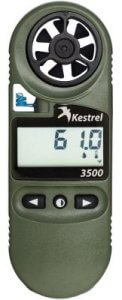
Kestrel 3500
Handheld Weather Station – A few years ago there was an explosion of handheld weather instruments. These compact devices provided wind, temperature, humidity, barometric pressure, wet-bulb globe temperature (WBGT), and other direct and calculated measurements. While the devices may employ accurate sensors, they are subject to high measurement variability in the field and should only be used for “rough” measurements. (Image: Kestrel 2500)
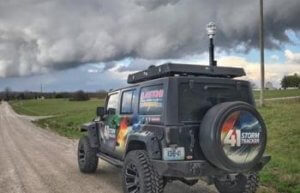
Columbia Weather Storm Chaser
Mobile Weather Station – Mobile implies that the equipment is designed to be mounted on a vehicle. Integrators or users may package common instruments with a read-out device, data logger, or radio transceivers for use in emergency response or storm chaser situations. Equipment is likely to be battery or vehicle powered. (Image: Columbia Weather)
Portable Weather Station – Seasonal activities or short-term events may require that the weather station be quickly and easily deployed. Portable systems may combine a quick-deployment tripod and carrying case. The specific application will determine the power source and connectivity.
Autonomous Weather Station – This type of equipment is expected to be solar powered. Systems typically include a battery to support some period of operation without solar input. Given current technologies, data will most certainly be logged and transmitted to a server using cell phone, WiFi, or satellite data connections.
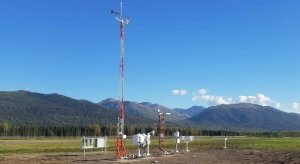
Mesotech AWOS
AWOS and ASOS – These are acronyms associated with FAA certified weather stations in the US. These are costly systems that are used at commercial airports. Cost ranges from $50,000 to over $250,000 USD. There is also an ongoing burden to maintain the certification. These are beyond the scope of this article. (Image: Mesotech)
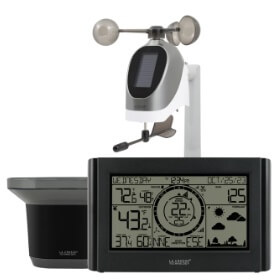
La Crosse Technology 328-96087
Consumer or Pro-sumer Weather Station – Some of the first weather stations that a buyer is likely to encounter will be low-cost, plastic weather stations. These consumer appliances may be as low as $30. Consumer devices may include a simple wireless temperature-humidity sensor and a nice color display for your home. Nicer systems will be as much as $600 and include several different instruments. Limited connectivity, fragility, and configuration may limit their utility for many applications. More about this later. (Image: La Crosse Technology 328-96087)
La Crosse Technology, AcuRite, Ambient Weather are examples of consumer weather stations. Davis crosses into the pro-sumer space with a more robust design and may meet some industrial applications.
Professional Weather Station – “Professional” has become a meaningless descriptor that is applied to everything from department store plastic equipment to high-end meteorological instruments. Similarly, “quality,” “accurate,” “precision,” or “The Best” are used for marketing purposes to make us feel good about the product we are evaluating.
Research-grade Weather Station – This descriptor implies that the instruments may be designed to perform to the highest precision standards or are intended for specialized applications. Often equipment that uses this name is quite expensive and specialized, such as water turbidity and eddy covariance. The sensors are typically used with programmable data loggers, which require specialized skills to configure, deploy, and maintain. This classification would also include highly specialized sensors.
Many weather equipment companies are primarily focused on serving government-funded and public sector applications with “research-grade” equipment. Often these devices are designed to conform to government regulatory requirements and may be linked to large-scale data collection systems. Think National Weather Service and state mesonets.
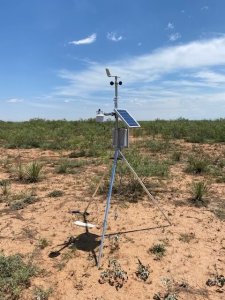
Texas Weather Station
Industrial Weather Station – This is the classification that we target with Dyacon equipment. Industrial weather stations are typically turn-key solutions that provide information to people responsible for processes, operations, and resource management. In other words, the weather station is just one more thing to do, rather than the primary job.
Given this case, the sensors and equipment of an industrial system should be designed to be relatively easy to use, mechanically robust, provide good data accessibility, and perform reliably. These private applications also expect a high-value product and a high-level of support.
A question that I use when we are weighing design decisions for Dyacon equipment: “Is this function or feature approachable?” By this I mean, can someone with basic technical skills configure, deploy, maintain, and use the weather station with minimal training or instruction?
In part two, I’ll discuss the difference between different types of weather station construction.

– Eugene
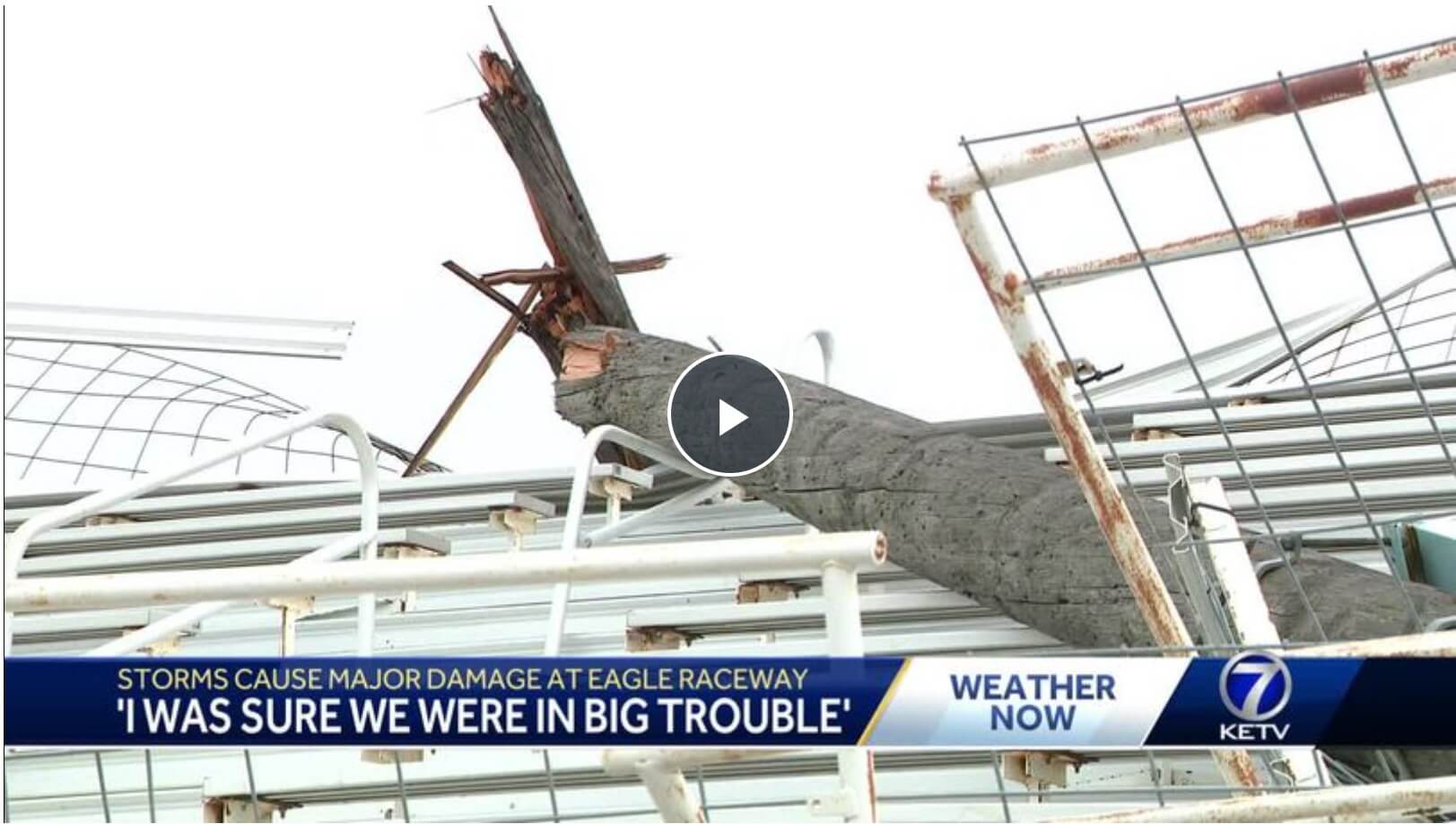

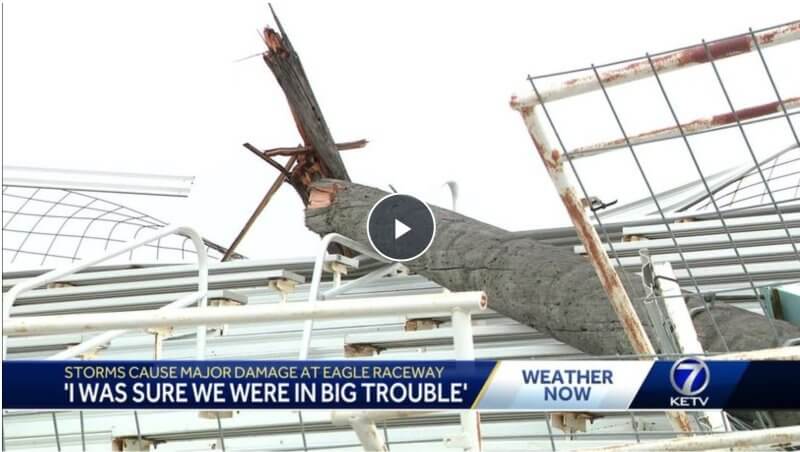


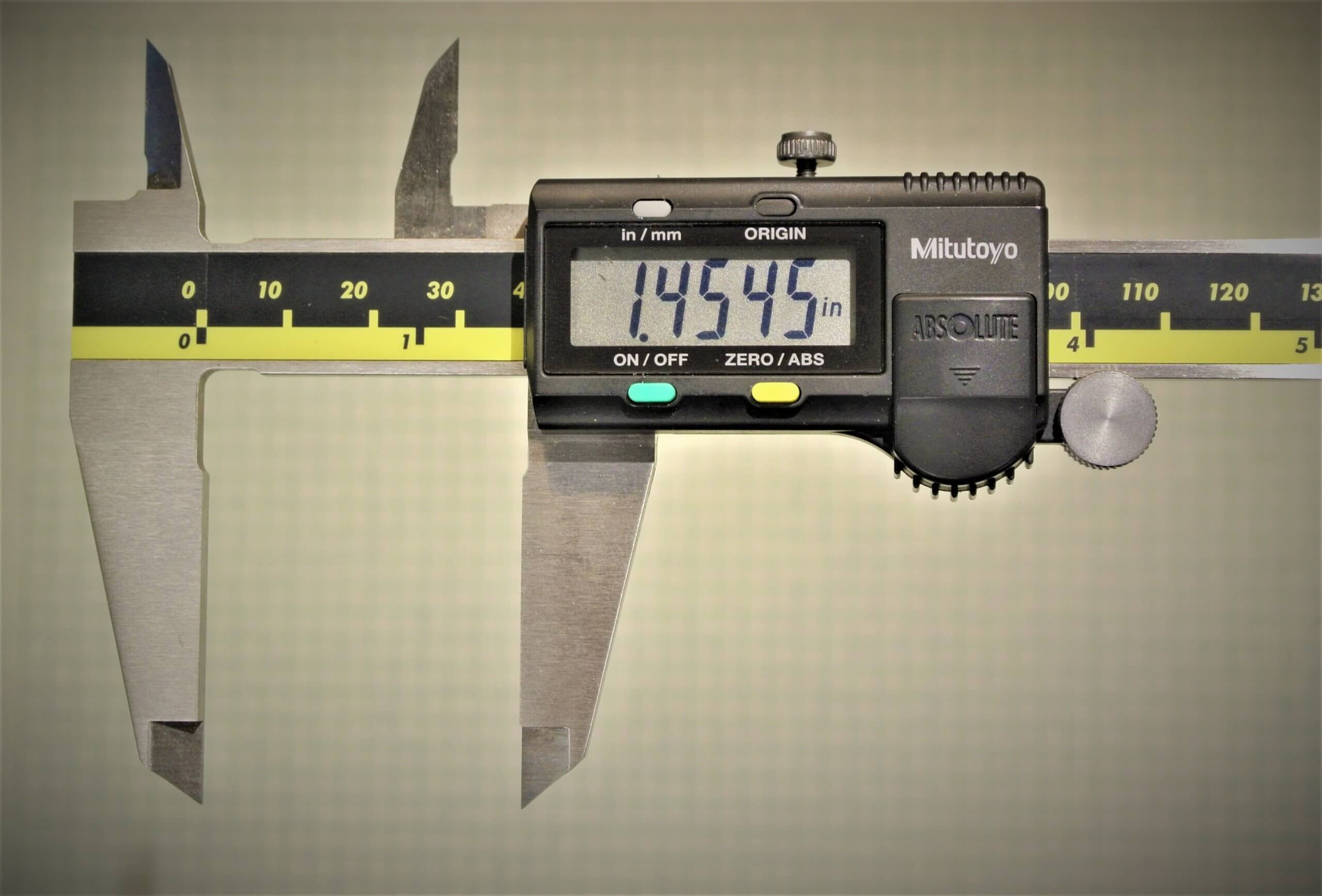
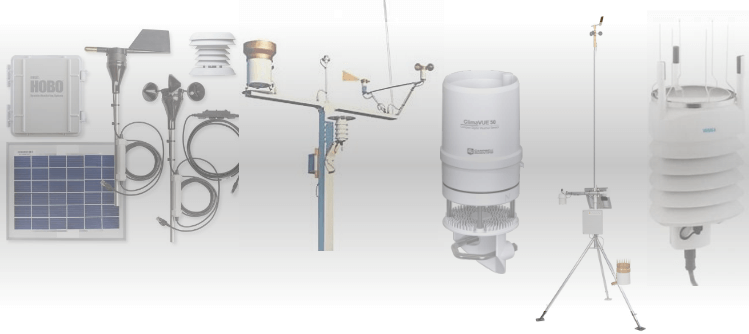
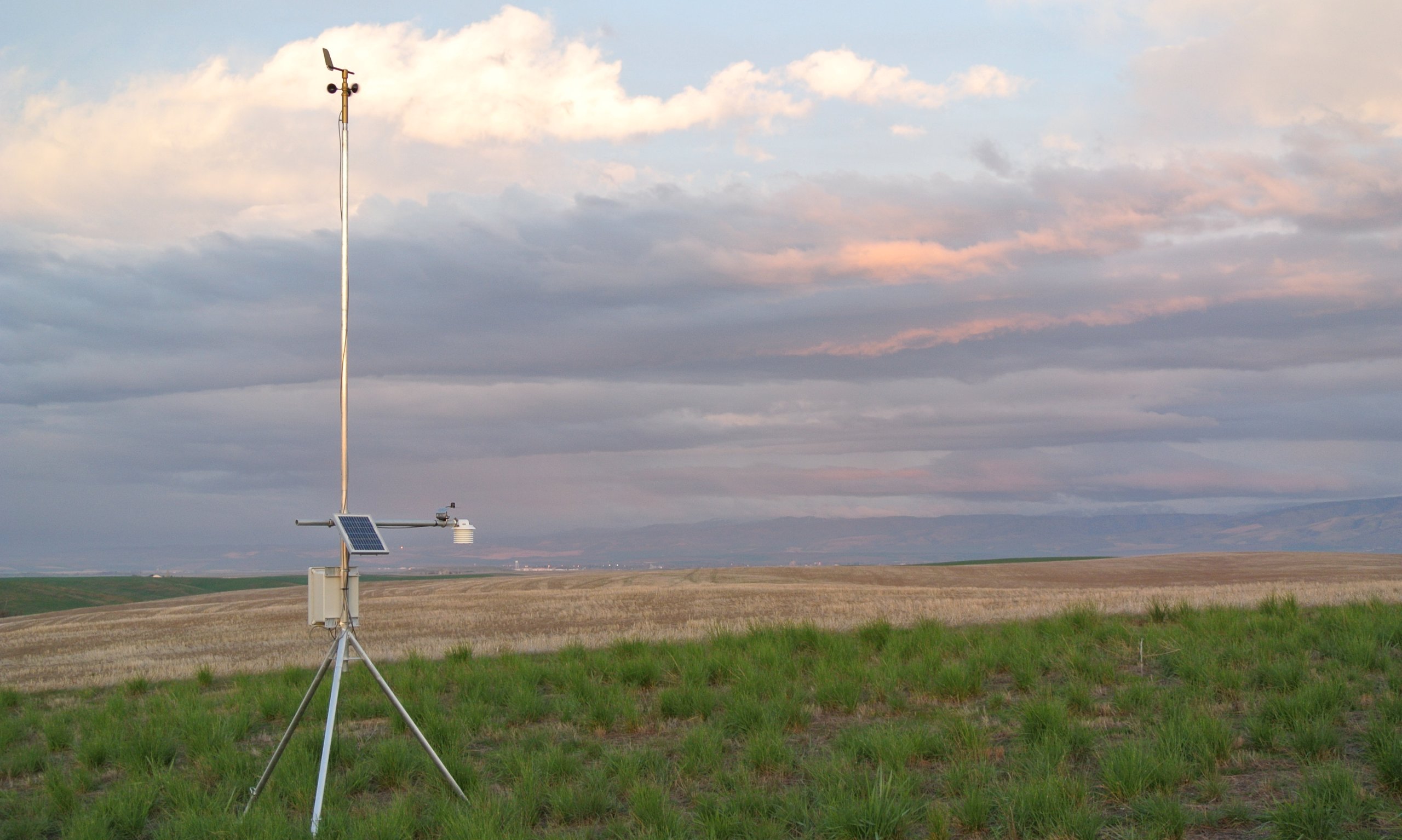
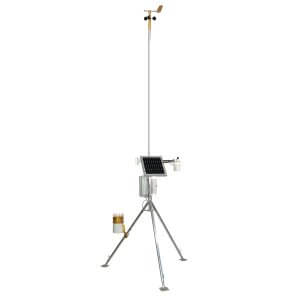
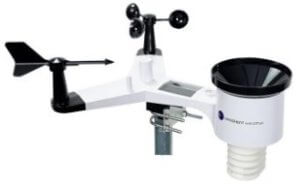
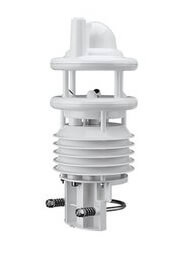
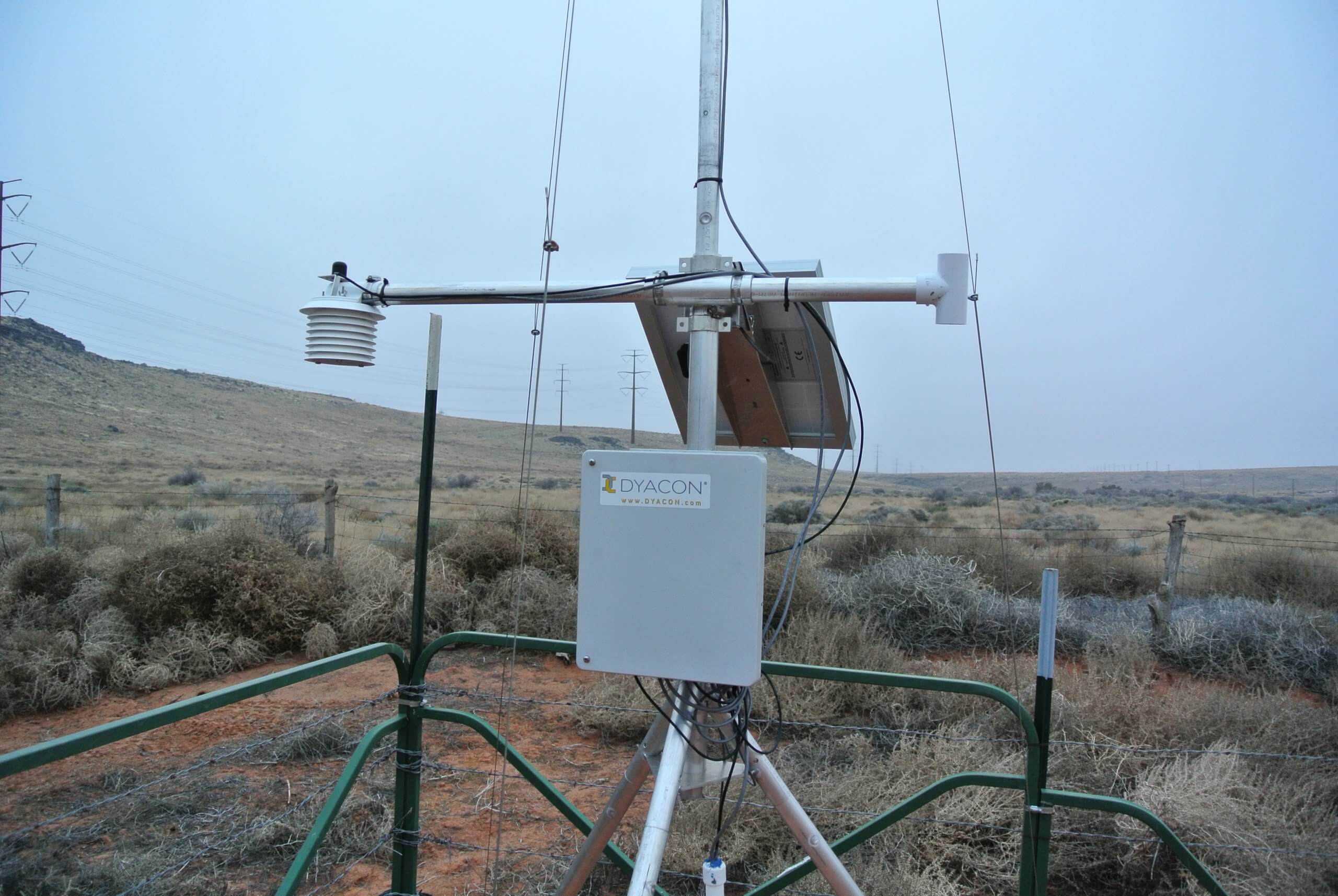







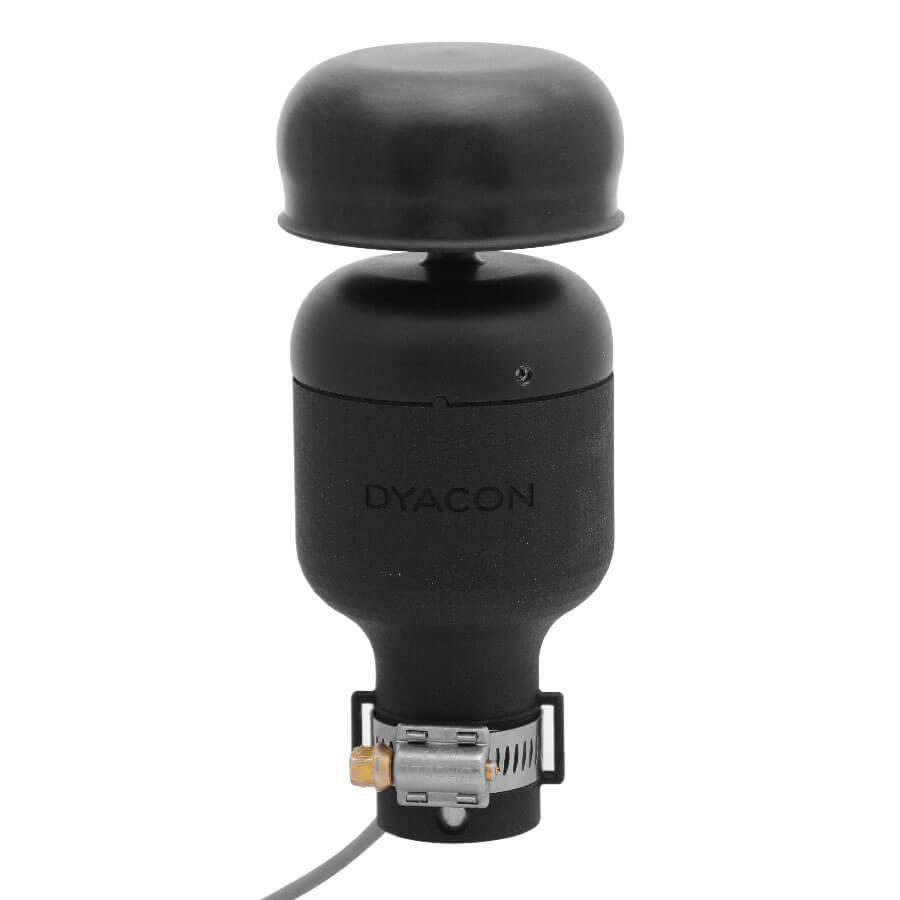
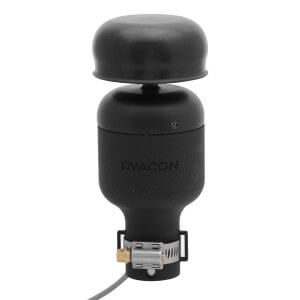


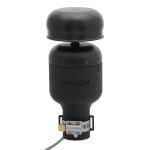 Ultrasonic anemometers are unique in that they measure wind speed and direction with ultrasonic pulses. Because they don’t have any moving components, ultrasonic wind speed and direction sensors can be more durable, and may take less effort to maintain compared to standard 3-cup sensors. They can be deployed in harsh environments or extreme weather conditions, where anemometers with moving mechanical components are more likely to be at risk for breakage, degradation, or corrosion. However, the lack of moving parts also presents a vulnerability to insect and bird contamination. Some ultrasonic anemometers can also be affected by rain, which may temporarily contaminate the reflective surfaces. Ultrasonic anemometers are also affected by both low and high wind speeds, which may give erratic readings.
Ultrasonic anemometers are unique in that they measure wind speed and direction with ultrasonic pulses. Because they don’t have any moving components, ultrasonic wind speed and direction sensors can be more durable, and may take less effort to maintain compared to standard 3-cup sensors. They can be deployed in harsh environments or extreme weather conditions, where anemometers with moving mechanical components are more likely to be at risk for breakage, degradation, or corrosion. However, the lack of moving parts also presents a vulnerability to insect and bird contamination. Some ultrasonic anemometers can also be affected by rain, which may temporarily contaminate the reflective surfaces. Ultrasonic anemometers are also affected by both low and high wind speeds, which may give erratic readings.
